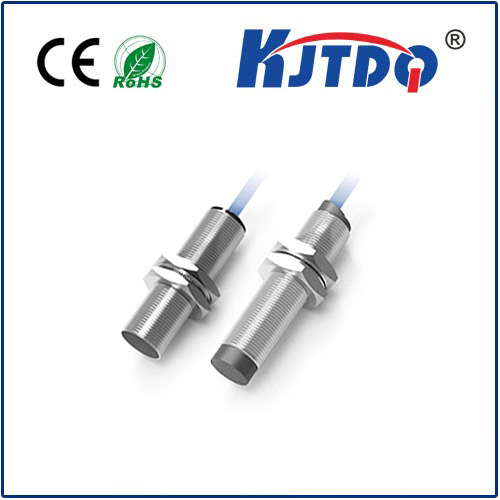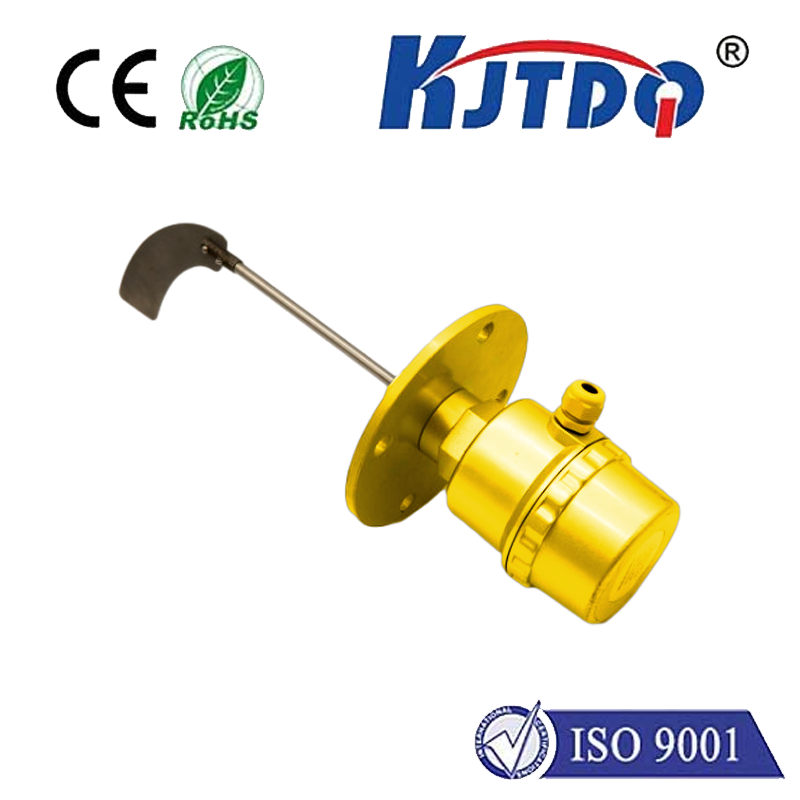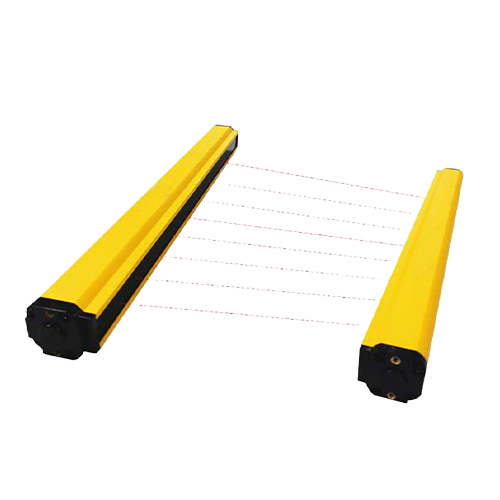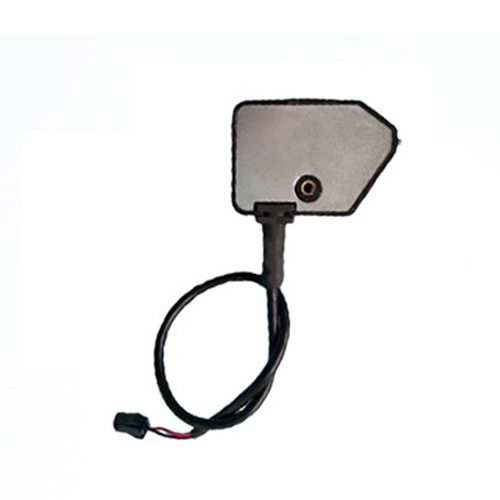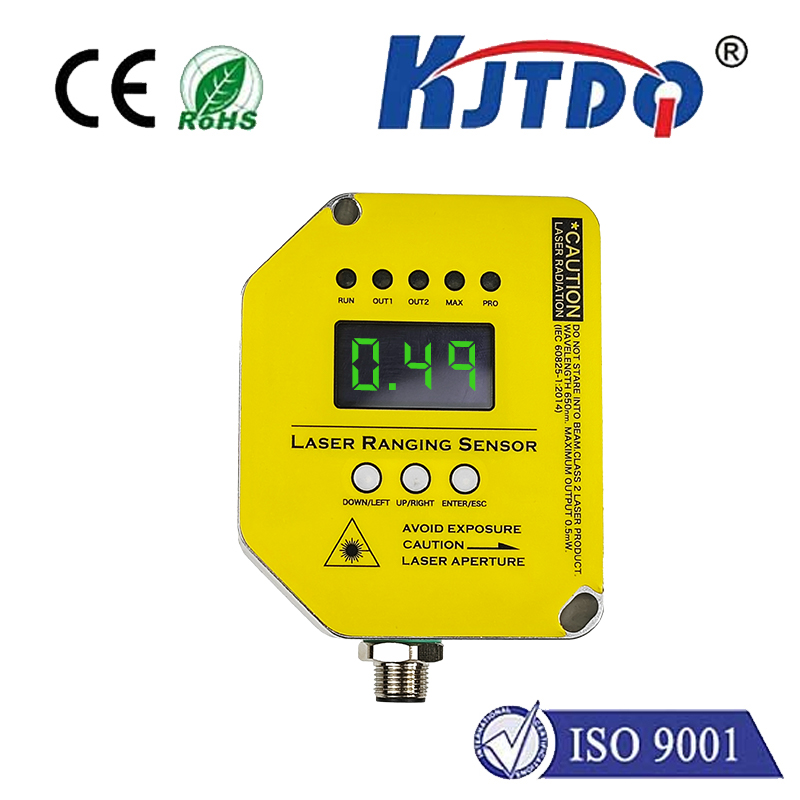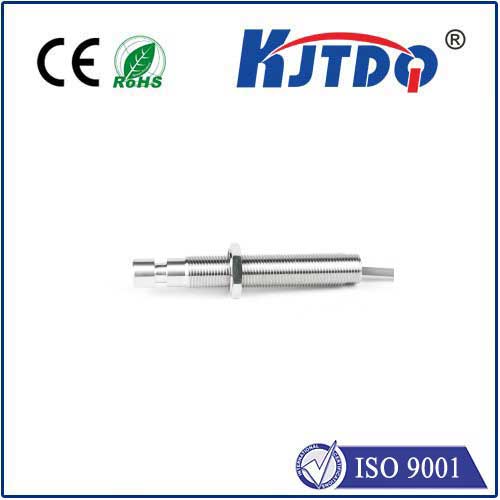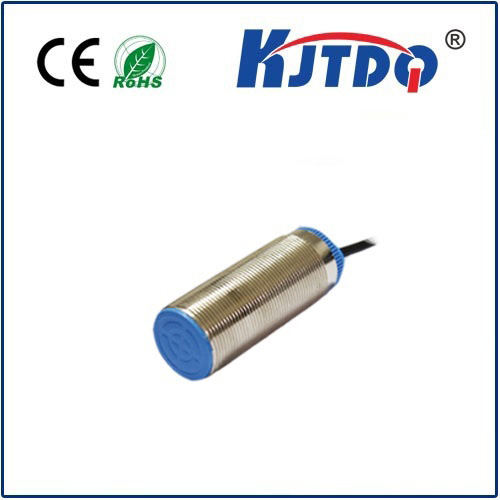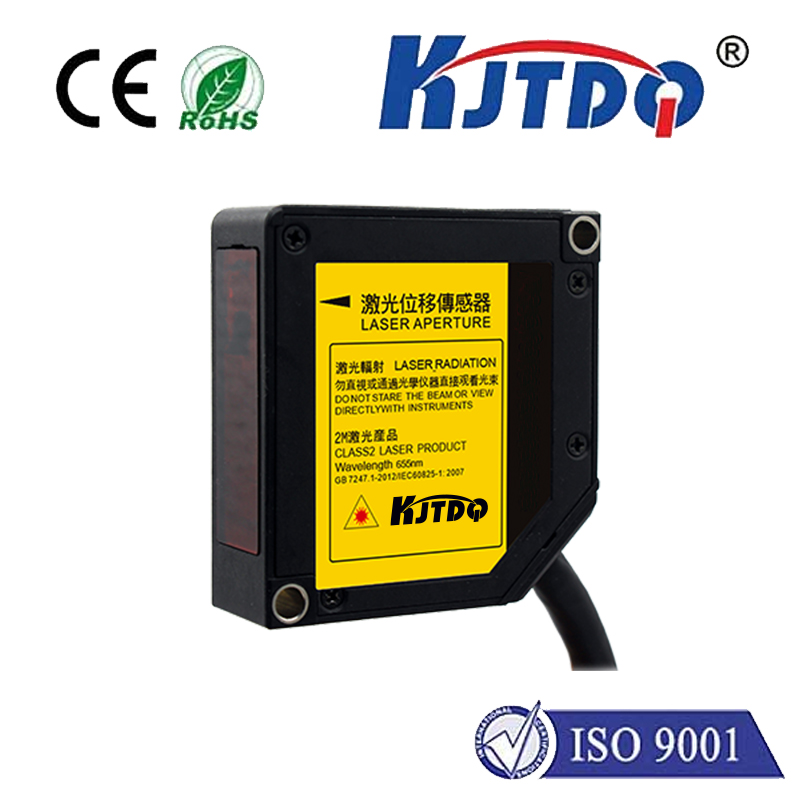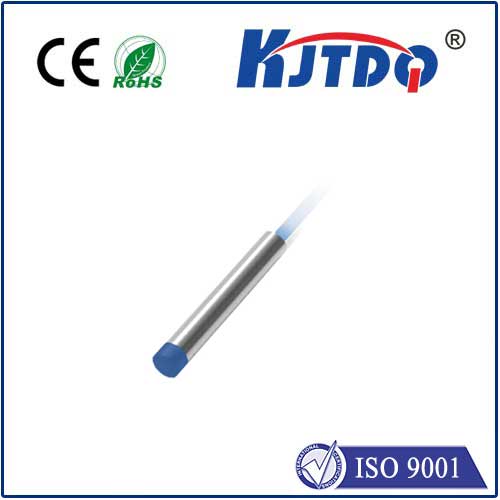Датчик SN04n
- time:2025-06-25 00:56:19
- Нажмите:0
Sensor SN04-N: The Unsung Hero of Precision Proximity Detection
Title: Sensor SN04-N Demystified: Your Guide to Reliable Proximity Sensing
Imagine an invisible field guarding your machinery, detecting objects without a single touch, or silently counting items on a high-speed production line. This isn’t science fiction; it’s the everyday reality powered by sensors like the SN04-N inductive proximity sensor. In a world increasingly driven by automation and precise control, understanding and utilizing such essential components is key. Let’s delve into the SN04-N, exploring its workings, capabilities, and the critical roles it plays across diverse sectors.
Unveiling the SN04-N: Core Principles
At its heart, the SN04-N sensor is an индукционный датчик приближения. It operates on a fundamental principle of electromagnetism. The sensor contains an internal oscillator circuit generating a high-frequency alternating magnetic field radiating from its sensing face. When a metallic object (typically ferrous metals like iron or steel, though some models detect non-ferrous metals like aluminum or copper) enters this field, it induces small electrical currents known as eddy currents within the target material. These eddy currents cause a measurable energy loss in the sensor’s internal oscillator circuit. Sophisticated circuitry within the SN04-N detects this change in oscillation amplitude and triggers a solid-state electronic switch – essentially turning its output signal on or off.
This non-contact detection method is the cornerstone of the SN04-N sensor’s appeal. It means there’s no physical wear and tear from touching objects, leading to exceptional longevity and reliability. Furthermore, its resilience to dirt, dust, oil, and vibration makes it an ideal solution for demanding industrial settings.
Key Specifications and Capabilities

While specific parameters can vary slightly between manufacturers, the SN04-N family typically shares common core specifications crucial for integration:
- Sensing Range: Commonly operates within a 4mm nominal sensing distance. This is calibrated for standard mild steel (Fe 360). Detection range for non-ferrous metals will be less.
- Output Type: Predominantly features a PNP Normally Open (NO) configuration. This means the output voltage switches to positive (typically +V) when a target is detected. (NPN versions also exist, often designated differently).
- Operating Voltage: Designed for compatibility with standard industrial controls, frequently supporting a DC voltage range, such as 10-30V DC.
- Output Current: Capable of switching currents suitable for driving PLC inputs, relays, or small solenoid valves (e.g., up to 200mA).
- Housing & Protection: Usually housed in a robust cylindrical M12 threaded body, facilitating easy mounting. Boasts a high МП67 (or similar) ingress protection rating, signifying excellent resistance to dust and temporary water immersion.
- Response Frequency: Offers a high switching frequency, enabling it to detect rapidly moving objects on production lines.
- LED Indicator: Incorporates an integrated LED that visibly signals power status and target detection state, invaluable for installation and diagnostics.
Where the SN04-N Sensor Excels: Vital Applications
The SN04-N sensor’s blend of robustness, reliability, and simple integration makes it indispensable in countless scenarios:
- Промышленная автоматизация: The primary battleground.
- Position Verification: Confirming the presence or absence of parts, tools, pistons (end-of-stroke detection), clamps, or pallets on conveyors, assembly lines, and machining centers.
- Object Counting: Precisely tallying bottles, cans, packages, or components passing a point.
- Level Detection: Monitoring fill levels of metal bins or hoppers.
- Machine Safety: Contributing to safety interlocks by confirming guards are closed.
- Speed Monitoring: Detecting teeth on gears or sprockets for rotational speed feedback.
Material Handling & Packaging: Ensuring smooth flow and preventing jams by detecting metal rollers, guides, or product carriers.
Automotive Manufacturing: Used extensively in robotic welding cells, part positioning systems, press lines, and engine assembly where metallic components are omnipresent.
Consumer Goods Production: Detecting metal components in appliances, machinery assembly, and food processing equipment (where stainless steel is common).
DIY & Prototyping: Its standardized form factor and simple wiring (usually Brown = +V, Blue = GND, Black = Output) make the SN04-N a popular choice for hobbyists and makers building automated projects or robots requiring reliable metallic object detection.
Installation and Optimization Best Practices
Maximizing the SN04-N sensor’s performance hinges on proper setup:
- Mounting: Securely mount the sensor using its M12 thread. Ensure the sensing face is perpendicular to the expected target path.
- Sensing Distance (Sd): Remember the nominal 4 мм (or specific model’s rating) is for a standard steel target. Factors like target size, shape, material composition, and installation environment (e.g., nearby metal) all influence the effective sensing distance. Allow for a safety margin – position the sensor closer than the nominal distance to guarantee reliable triggering.
- Target Considerations: The larger and flatter the target surface facing the sensor, the better. Small or curved targets reduce the effective range. Be mindful of different sensing distances for different metals.
- Electrical Connection: Correct wiring is paramount. Connect the Brown wire to the positive DC supply, Blue to the negative (DC 0V/GND), and the Black output wire to your load (PLC input, relay coil, etc.). Double-check polarity before powering on.
- Environmental Factors: Avoid installing sensors directly facing other metallic objects or large masses not intended as targets, as this can cause interference or unintended triggering. Maintain adequate clearance from adjacent sensors.
Troubleshooting Common Issues
Even robust sensors like the SN04-N can face challenges. Common symptoms and potential fixes include:
- No Detection (LED not on for target):
- Check power supply voltage and wiring connections (Brown/Blue).
- Verify target is within effective sensing distance and made of detectable material.
- Inspect for significant buildup of dirt or metal shavings on the sensing face.
- Test with a known-good target (like a screwdriver tip) directly at the face.
- Sensor Always On (LED always on):
- Investigate nearby metal causing interference (mounting bracket, machine frame).
- Check wiring: Ensure the load isn’t shorted and the output (Black) is correctly connected.
- Look for damage to the sensor housing or sensing face.
- Erratic Operation:
- Check for unstable power supply (voltage fluctuations).
- Look for sources of electrical noise (motors, drives, welding) near signal wiring. Consider using shielded cable and grounding the shield properly.
- Verify target is consistently entering the sensing zone correctly.
- Confirm the sensor isn’t overloaded (exceeding its max output current).
The SN04-N Advantage: Reliability in a Compact Package
The sensor SN04-N exemplifies the power of inductive proximity technology. Its simplicity, ruggedness, and proven performance have cemented its place as a go-to solution for engineers and technicians worldwide. By understanding its working principles, key specifications, ideal applications

